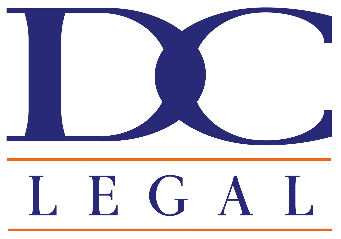Negligence Laws at a Glance
Negligence Defined
Negligence is the failure to exercise an expected degree of care, leading to another individual’s injuries. For example, a motorist who fails to wear his glasses (as required by his driver’s license) and then causes an injury accident may be found negligent and thus, liable for the other party’s injuries. Most torts — such as medical malpractice and slip-and-fall claims — are based on negligence.
Washington State Negligence Laws: Contributory Fault
While state negligence laws are generally the same, as they are based on common law, they often differ with respect to fault. In Washington, for instance, contributory fault diminishes in proportion to the amount of damages, but does not bar recovery. For example, a plaintiff may only claim 70 percent of her damages for injuries if the court determines that she was 30 percent responsible for the incident. A few states do not allow recovery at all if the plaintiff is partially responsible, but most have moved away from this and now recognize degrees of contributory fault.
What are the elements of a negligence claim?
In order to demonstrate a defendant’s negligence, the plaintiff must prove the following five elements:
Duty
The defendant owed the plaintiff a duty, either to act — or refrain from acting — in a certain way, as would be expected from a “reasonable” person. A duty always exists to act in a reasonable fashion.
Breach of Duty
The defendant acted — or failed to act — contrary to his or her duty to the plaintiff (i.e. rear ended a vehicle, ran a stop sign, etc.).
Cause in Fact
The defendant’s breach of duty in fact resulted in the plaintiff’s injuries (would the injury have occurred without the defendant’s alleged negligence?).
Proximate Cause
The defendant’s actions or inactions were within the scope of known risks; the defendant should have known an injury could occur. Sometimes this is obvious — for example, if the plaintiff was injured in a car accident. But other times, it is not as obvious.
Damages
The plaintiff in fact suffered injuries, physical or otherwise, as a result of the defendant’s negligence. In an auto accident, the damages could be anything from medical bills, lost wages, and other damages including pain and suffering. For more information on pain and suffering damages, see our previous blog post here.
Have questions regarding your rights in an auto accident? Contact one of our Kirkland personal injury attorneys.







